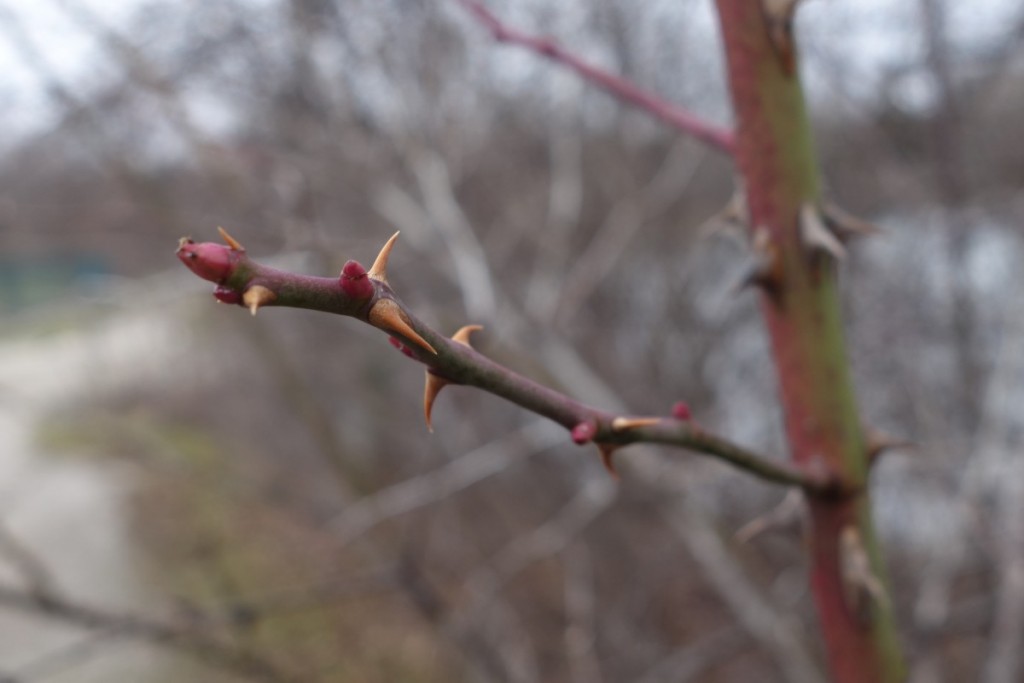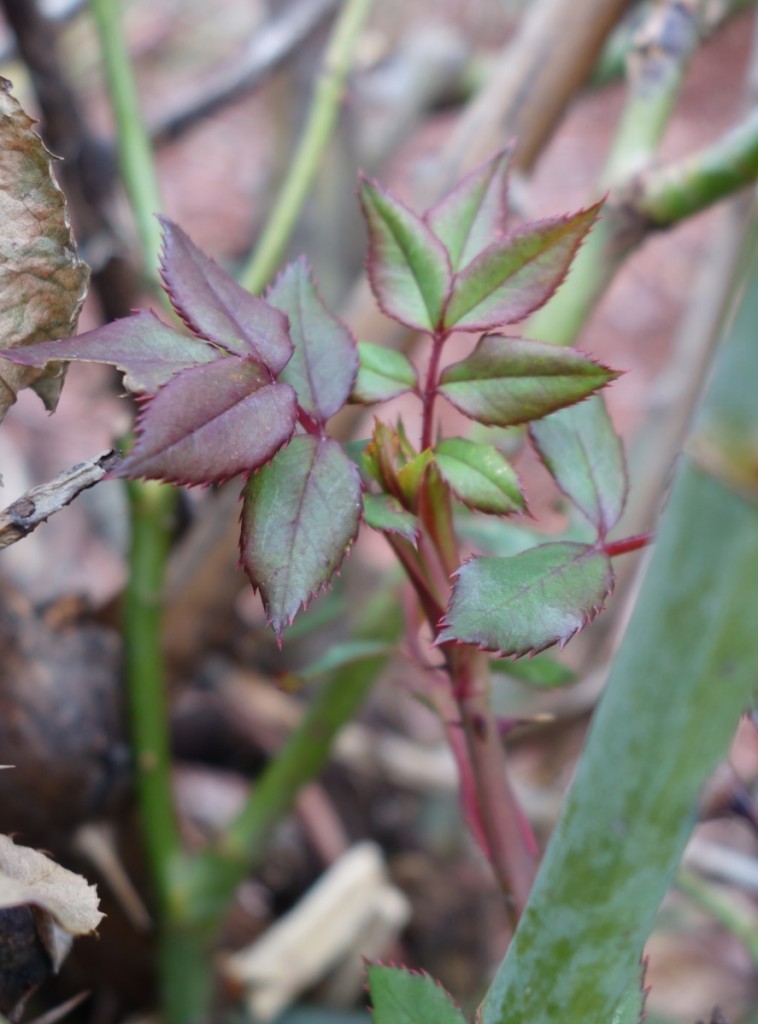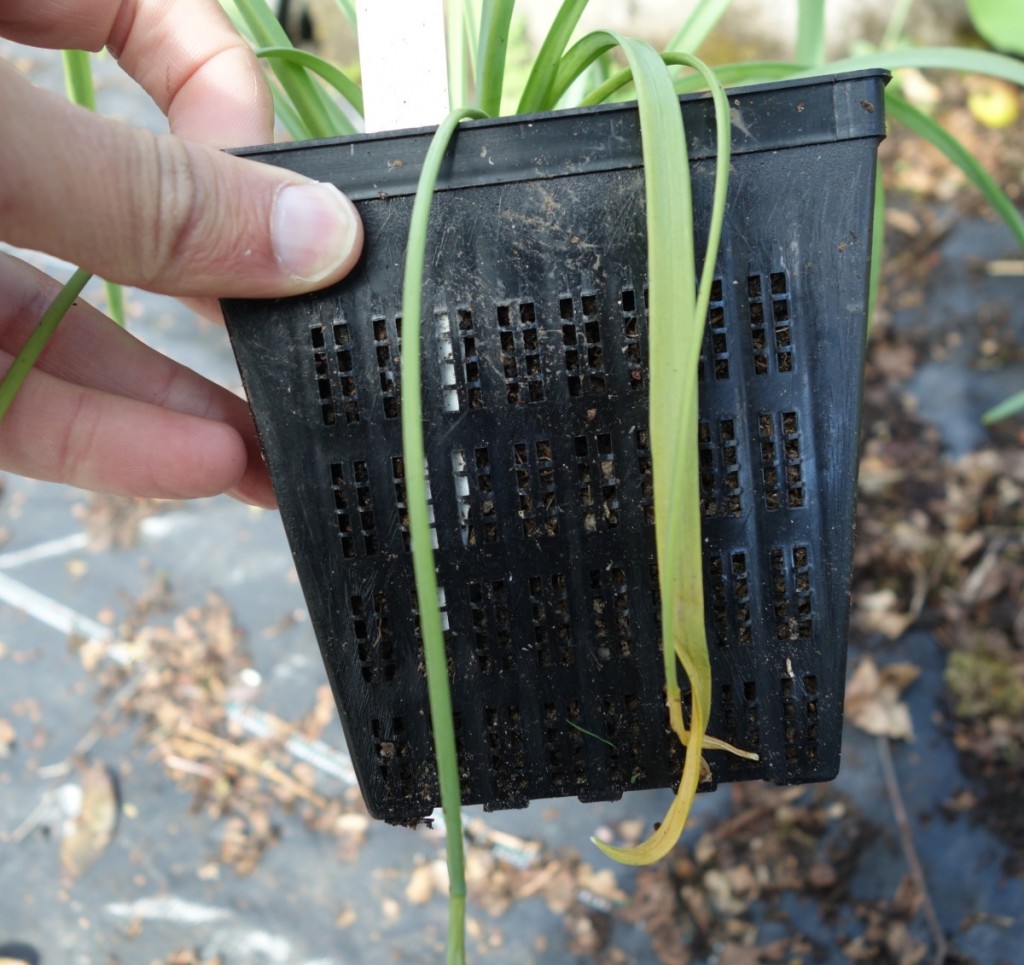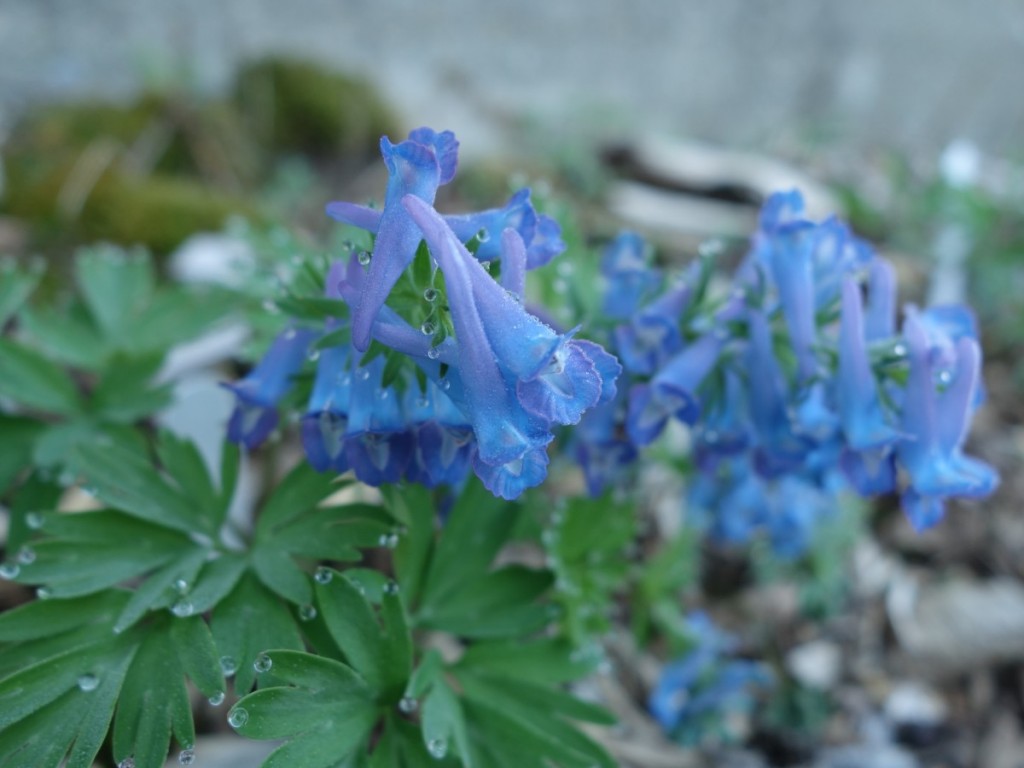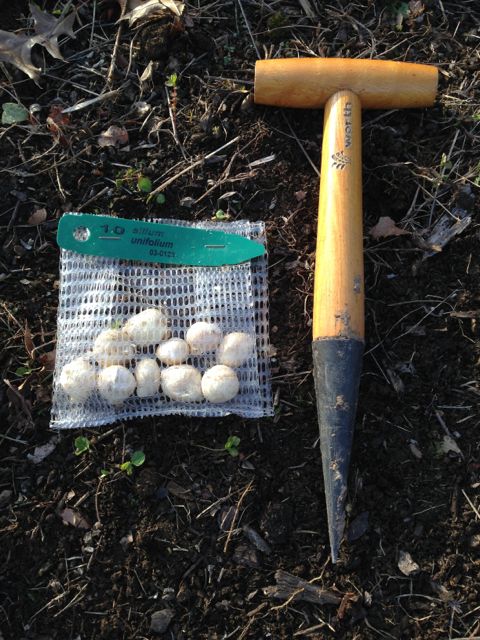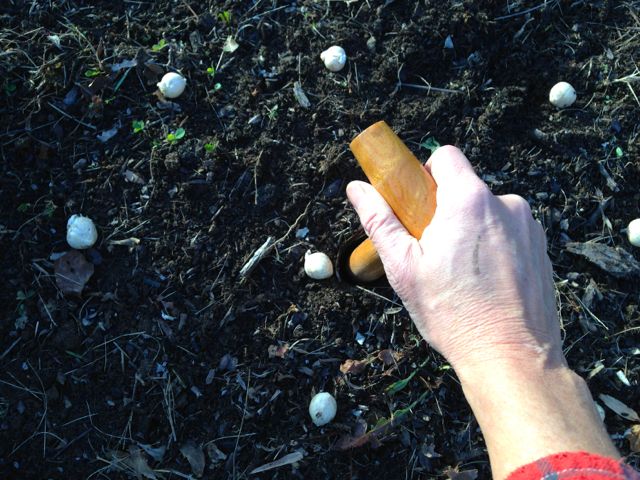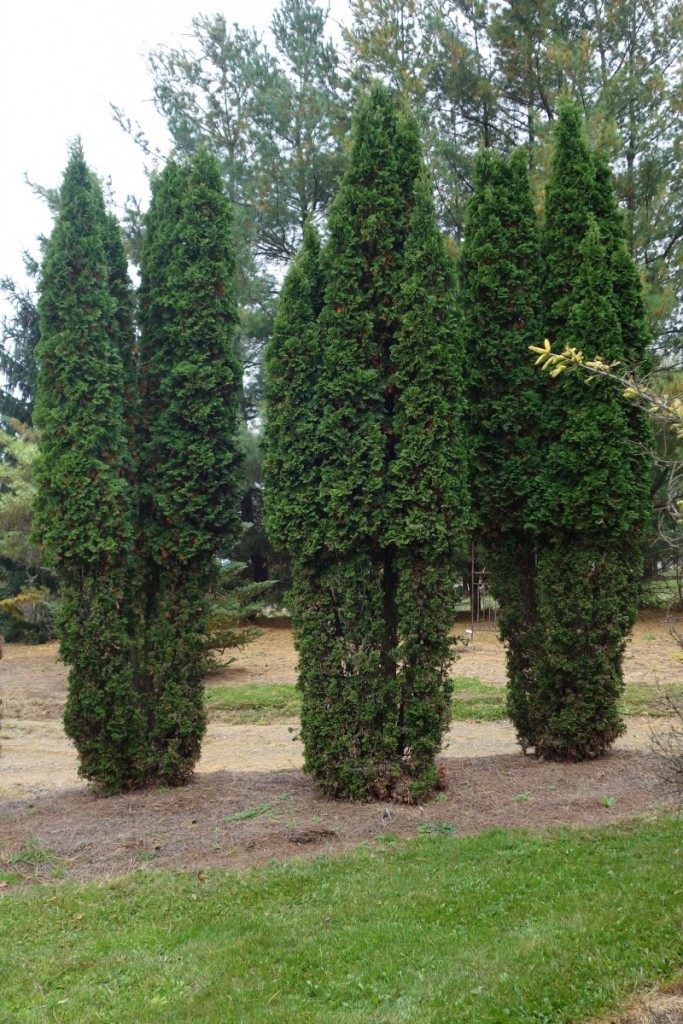For normal people, I gather, New Years is all about making resolutions to loose weight or spend more quality time with family. For me, New Years means reviewing everything I grew in the garden in the past 12 months and deciding what I love and what I’m over. I always try lots of new things, and so I thought I’d share my top new favorites for 2015.
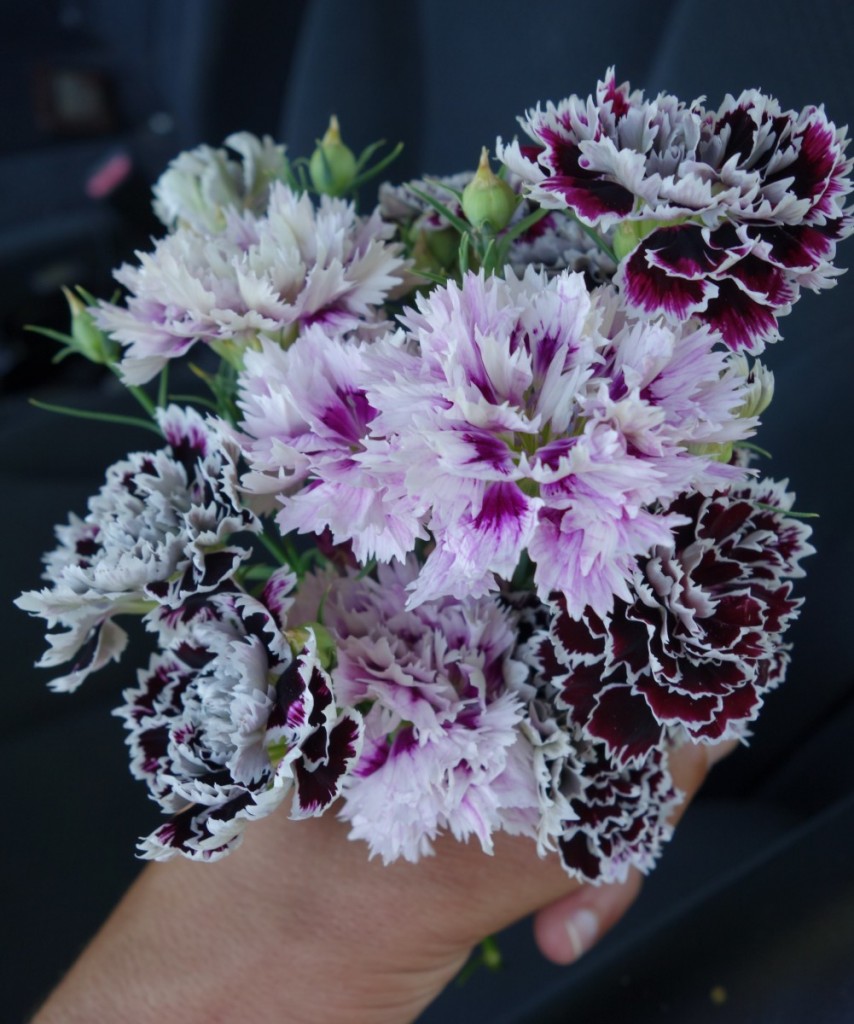
The only Dianthus chinensis I’d grown before are the modern selections which are about three inches tall with huge flowers and as ugly as can be (in my opinion) but ‘Chianti’ and ‘Victoriana’, two charming old-fashioned seed strains won my heart in a big way this year. Annuals, very easy from seed, and blooming all summer with these wonderfully romantic double blooms that made wonderful, long-lasting cut flowers. I’m hoping they decide to self-sow and return next year.
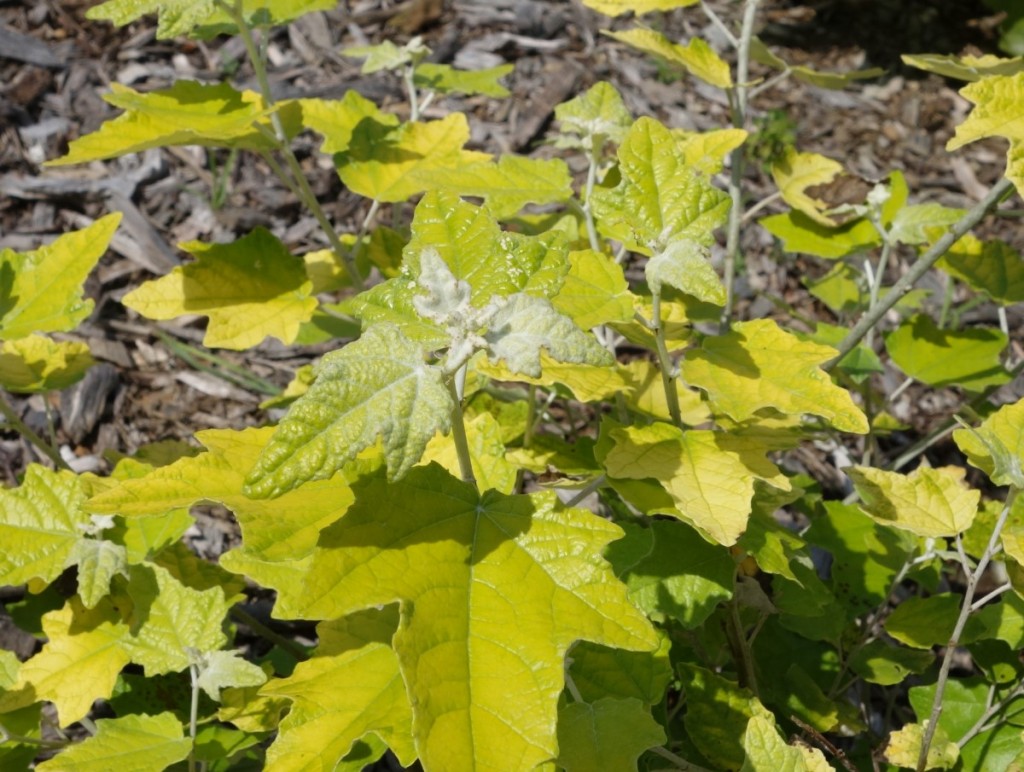
Poplars are, generally, terrible trees. Weak wooded, short-lived, and weedy with few redeeming characteristics. But I bought this Golden Poplar, Populus alba ‘Richardii’, on a whim, and am absolutely thrilled with it. The foliage stays this bright, beautiful shade of yellow all summer, even in full sun (or at least what passes for full sun in cloudy Michigan) without burning. Great in the garden, and cut branches look amazing in a vase. I suppose it could eventually get large, but I’m planning to keep pruning it back hard to the ground to force it to push out lots of lush, long new stems of bright leaves.
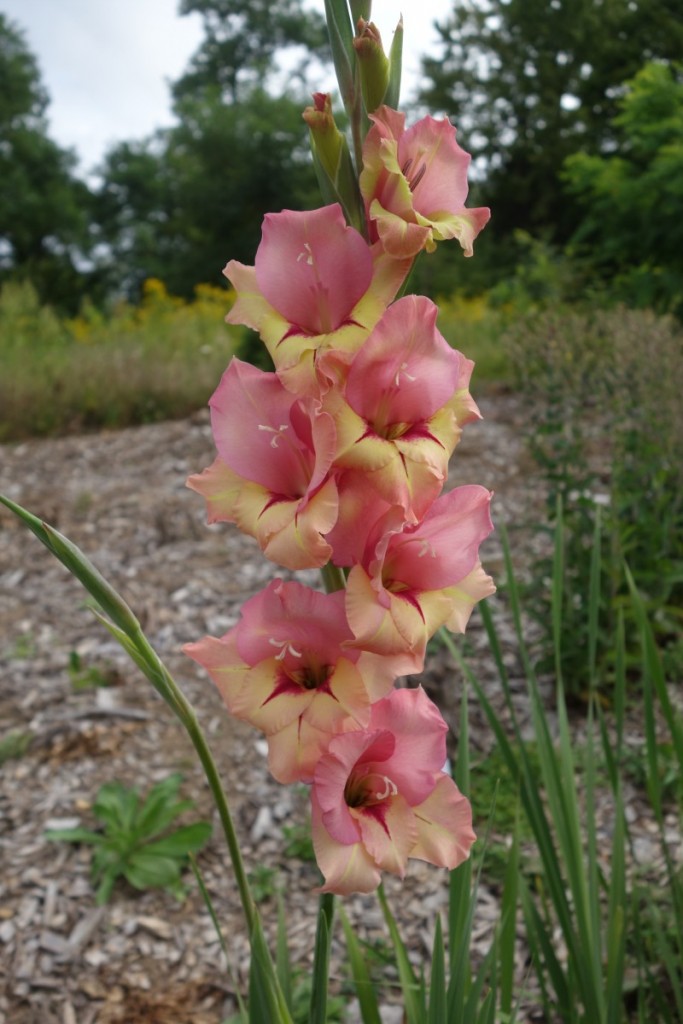
I love breeding plants, and for the past few years I’ve been deeply obsessed with breeding gladiolus… I had a lot of new seedlings this year, but this one, a cross between the wonderful variety ‘Little Comet’ and one of my unnamed hardy varieties I call h2.3, is my favorite of the year. I just LOVE those colors, and love that the come on a strong stem that doesn’t need staking. If it keeps performing well, I’d love to make it available for sale in a few years.
Finally, I forgot to get a picture of this, but I have a new favorite tomato! For years, my favorites have unequivocally been ‘Black Krim’ for large tomatoes, ‘Matt’s Wild Cherry’ for cherries, and ‘Opalka’ for paste, but ‘Black Krim’ has been replaced! My new favorite: ‘Sweet Scarlet Dwarf’ This plant combines a wonderful compact, tidy, attractive growth habit with big yields and really terrific flavor. It isn’t widely available (the only source I know is Heritage Seed Market) but do track down some seeds. You’ll be happy you did.
Now, please, let me know your favorites in the comments so I can expand my shopping list for 2016!
Joseph Tychonievich
